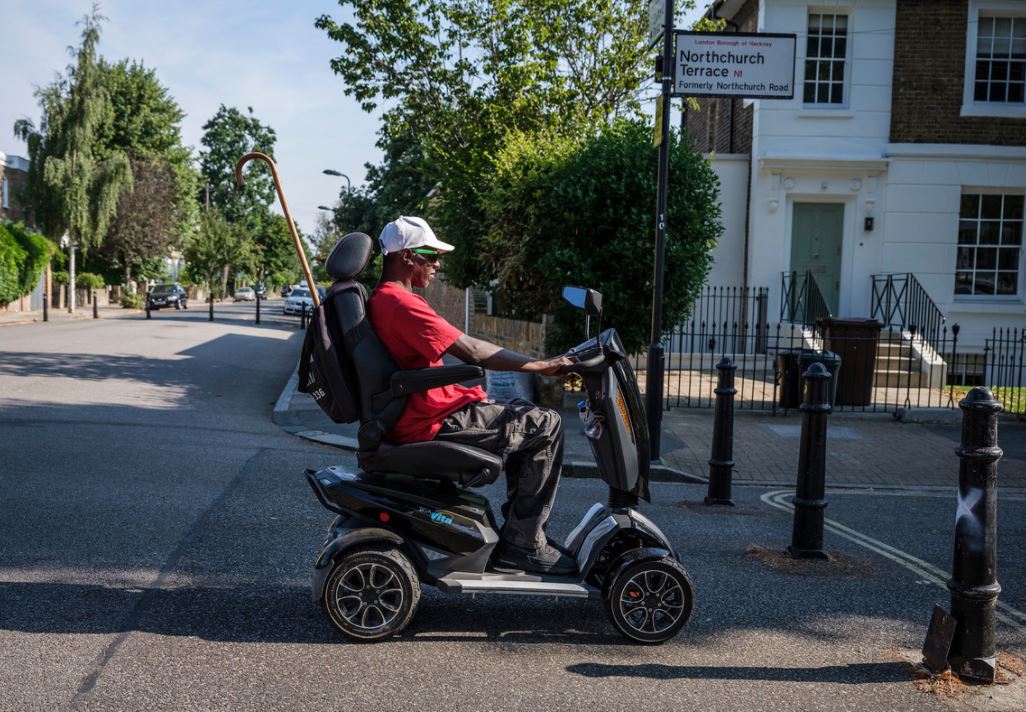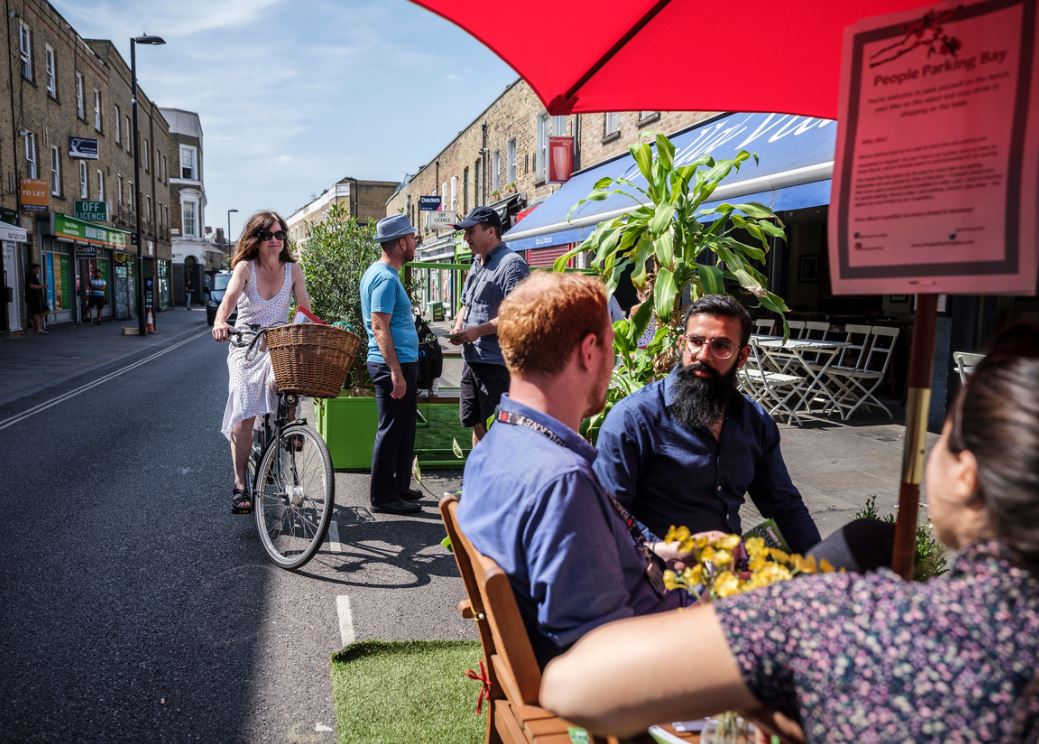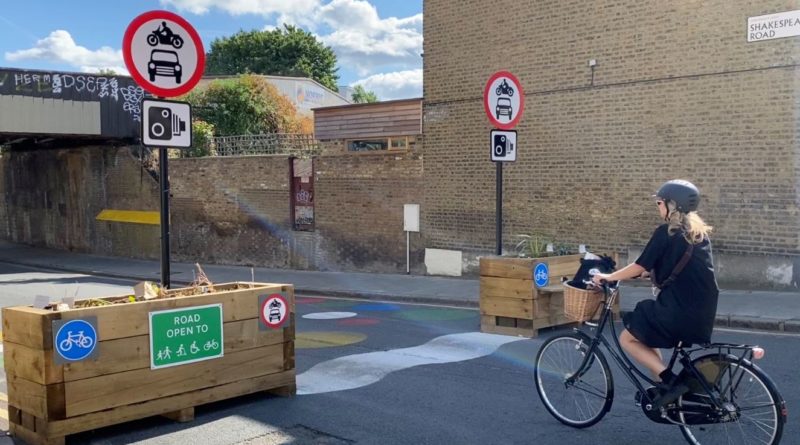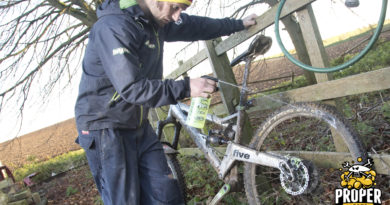Orgs urge evidence-based progress as Active Travel Fund is expanded
The second tranche of the Emergency Active Travel Fund will today launch handing local authorities, in particular those who made a success of the first tranche, a combined £175 million to address the air pollution and climate emergency with measures design to reduce reliance on car use.
 Delivered in tandem with a new report from numerous cycling, walking and liveable streets organisations, the announcement sees a larger funding pot released to enable local authorities to build upon provisional work to develop safe infrastructure on the roads and calmed traffic rat-running through residential neighbourhoods via the implementation of things like Low Traffic Neighbourhoods.
Delivered in tandem with a new report from numerous cycling, walking and liveable streets organisations, the announcement sees a larger funding pot released to enable local authorities to build upon provisional work to develop safe infrastructure on the roads and calmed traffic rat-running through residential neighbourhoods via the implementation of things like Low Traffic Neighbourhoods.
Speaking on behalf of the Walking and Cycling Alliance, Mary Creagh, CEO, Living Streets said: “Everyone should feel safe to walk, cycle, wheel or scoot on our streets, but that is not the case in too many towns and cities. Across the country, there is a silent majority in favour of more people-friendly streets, but all too often their voices are drowned out by a vocal minority.
“It’s vital more people start walking and cycling for local journeys, to reduce congestion, improve air quality and tackle the twin epidemics of loneliness and obesity.
“We hope this report will support councillors to build back better after the pandemic.”
Creagh is referencing YouGov research carried out on behalf of the bicycle industry that indicates the public at large now largely support measures to enable more active travel. Meanwhile a vocal minority, which now includes 13 Conservative MPS and former cycling Minister Robert Goodwill, are creating a lot of noise contrary to evidence. This lead to Cycling UK issuing and uncharacteristically strong rebuff asking the MPs “Why bother with evidence?”.
Of course the intent of the Walking and Cycling Alliance is indeed to bother with evidence and with its report it has handed local authorities a paper that details the many-fold benefits of persevering with reallocation of space to people.
In its foreword, the document writes: “To councillors: please use these examples as an inspiration to transform your streets and improve road safety. And to press, we would urge you to use this document as a counterbalance to any negative reports about the impact of emergency active travel measures. Remember that recent research revealed that for every person opposed to changes to their local streets, 6.5 people are in support.”
What does the report address?
First some key statistics:
● £10-£12bn cost of obesity to the NHS by 2030 In the UK. Current cost is around £6bn
● Up to 36,000 deaths every year linked to air pollution in UK
● 33% of UK CO2 emissions are accounted for by road transport
● £6.9bn cost to drivers of congestion in UK cities every year
● 115 average number of hours lost by road users in congestion every year in the UK
● Only 2% of all trips in GB are cycled, compared with 19% in Denmark and 26% in the Netherlands
● 68% of residents in 12 major urban areas support building more cycle lanes even when this would mean less room for other road traffic
It is with this context that the report goes on to debunk some of the more common myths the do the rounds bashing cycling and walking provision, a well as calling for a scrappage of the Active travel fund.
The contents outlines for interested councillors how Low Traffic Neighbourhoods have actually been shown to be beneficial to businesses, disability access, reduce emergency vehicle response times and actually reduce congestion. There is evidence that, where Low Traffic Neighbourhoods have been put in place, cycle to school rates have grown, car reliance reduced and walking journeys grown alongside.
Key for those allocating spend, evidence is supplied that cycling and walking have far greater cost to benefit ratios over all other transport spends. The average benefit cost ratio (BCR) for walking and cycling projects (UK and non-UK) is a 13:1, which means that for every pound spent, £13 is returned to the economy.
Even the DfT’s calculations for UK cycling and walking schemes variously show returns of between £4 to £19 for every pound spent.
As it stands, outside London just 2% of the transport budget is spent on active travel. Data from Sustrans’ Bike Life report illustrates that over 58% of residents in UK major urban areas support greater investment in cycling, compared to 42% for driving.
 Daisy Narayanan, Director of Urbanism at Sustrans, the walking and cycling charity said: “The Covid-19 crisis created a need to change the way we move around in our towns and cities, with walking and cycling being seen as one of the safest modes of transport during the pandemic.
Daisy Narayanan, Director of Urbanism at Sustrans, the walking and cycling charity said: “The Covid-19 crisis created a need to change the way we move around in our towns and cities, with walking and cycling being seen as one of the safest modes of transport during the pandemic.
“This urgency to designate more space for walking and cycling has naturally created opposition as change can be difficult for people, especially during a time of crisis.
“There is however overall public support for action to be taken to make it easier to walk, wheel and cycle around our towns and cities. Our latest YouGov poll shows that seven in ten (71%) UK parents agree that local authorities should take steps to make it easier for families to travel actively to school.
“Local authorities therefore need to continue to make it easier for people to walk and cycle and the Tranche 2 funding is a huge opportunity to progress the work that has already begun and create safer, healthier and truly inclusive streets and places. This is also a vital part of the solution to meet governmental climate change targets.
“Organisations like Sustrans are here to help and share our expertise with local authorities, whether it is engagement with communities or putting schemes in places.”
The organisations behind the Cycling and Walking Alliance and the report are the Bicycle Association, British Cycling, Cycling UK, Living Streets, Sustrans and the Ramblers.
Once more, those councillors assessing ho to spend the Active Travel Fund cash may view the evidence for provision for walkers and cyclists here.



